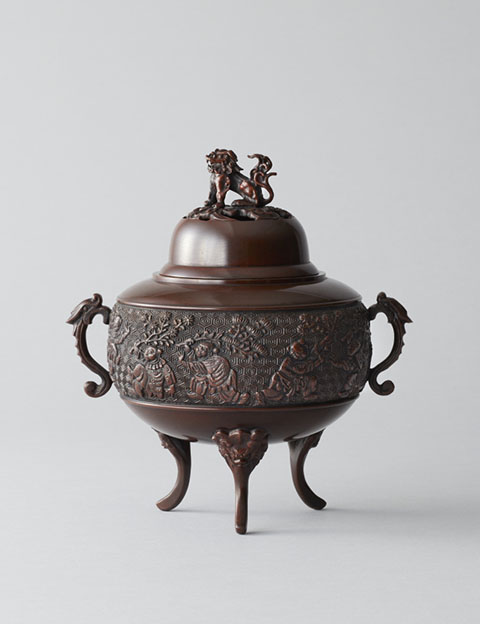TAKAOKA Doki (Bronze Casting)

Takaoka bronze casting dates back to the beginning of the Edo era (1600-1868) when the Maeda clan in Kaga invited seven highly skilled metal casters to come and work at their newly opened workshop.
The craft developed through the production of chased bronze Buddhist fittings, and in the Meiji era (1868-1912), work from the area was exhibited at the Exposition Universelle world's fair in Paris. Now 90% of all cast-bronze products from Japan are made in Takaoka.
The Takaoka cast-bronze craft involves 13 different casting methods that are selected according to the intended final product, which ranges in variety from table ornaments, flower vases, censers, and panels to statues of Buddha and other sculptures. Other items produced today include light fittings, table clocks, paper weights and bookends, all of which make excellent use of the qualities of the material.
Feature
Takaoka bronze-casting involves thirteen methods, chosen according to the expressive intent and the product type, which includes tabletop ornaments, flower vases, incense burners, panels, bronze sculptures and Buddha statues.
How to make
The manufacturing methods can be divided into casting and processing. Casting is performed by melting the metal and pouring it into a mold. Once it has cooled, it is processed by engraving and coloring. Yakigata, sogata and rogata are just a few of the traditional casting methods used.

